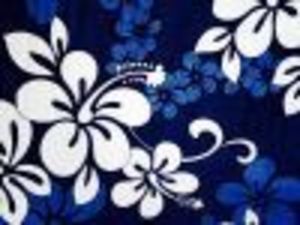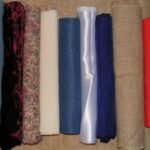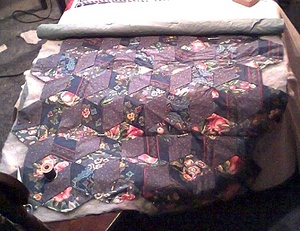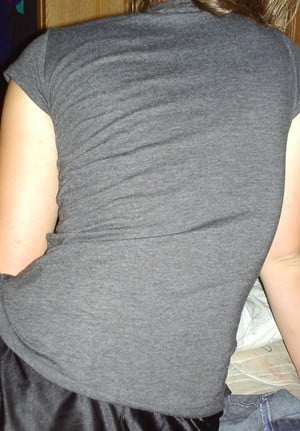If you’d rather work with needles and fabrics rather than brushes and canvases, but miss the creativity of painting, then check out watercolor quilting. Offering quilters an opportunity to unleash their artistic talents, watercolor quilting is the quilter’s answer to watercolor. On the other hand, if you enjoy working jigsaw puzzles, watercolor quilting could also be for you.
Watercolor quilters enjoy blending scores of quilt squares into brilliant fabric paintings. Unlike regular quilting, there’s no strip sewing or appliques to sew. You piece squares together, using fabrics to fashion a quilt resembling an impressionistic work of art. Small squares of fabric, positioned in strategic places, create an illusion of a watercolor painting (a “wash of color” creating a flowing design).
Collecting Fabric
Part of the fun of watercolor quilting is building up a stash of fabric. Collecting fabric for your watercolor quilts is an on-going activity and your collection should be constantly changing and growing.
Print Fabrics — Creating a watercolor quilt doesn’t just happen, but takes thoughtful planning. First, you need to train your eye to spot a good fabric. Many fabrics can be used for watercolor quilts. However, certain fabrics work better than others. Look for busy prints that don’t “stand still”.Stand back (about ten feet) and check for fabrics that become more subdued (or greyed out) from a distance.
Start collecting a variety of print fabrics. Medium to large-scale prints are good, as well as those with graceful curving lines. Use your largest prints for borders. For example, if you’re creating a design where flowers are in the foreground, you’ll want your squares depicting large flowers at the borders, just as you would position them when painting a landscape or working a puzzle.
Motif Styles— Again, select fabrics that have a lot of variety of motifs styles. In other words, choose fabrics showing a great deal of designs, patterns, and images. Floral prints make good motif fabrics.
Impressionistic Fabrics– If a fabric gives the appearance of impressionistic painting, chances are you can use it for your watercolor quilting. Rather than relating the details of a photograph, an impressionistic fabric has designs that give the suggestion of actions or figures, usually seen at unusual angles.
Fabric Colors
Choose fabrics that are multi-colored, rather than just one solid color. If you can cut up your fabric into equal squares and they’re not identical, it’s probably a good choice for watercolor quilting.
Warnings
Avoid fabrics of monochromatic colors. Even two-colored fabrics aren’t sufficient, as your fabric should have at least three definitive colors. Choose Active Busy Prints
Busy, high-energy prints probably aren’t the ones you choose to wear, but they make excellent squares for watercolor quilts. Stay away from symmetrical motifs and boring static fabric that’s doesn’t “move”.
Cutting Your Fabrics
Once you start collecting fabrics, you’ll need to cut them into squares, using quilting squares. Although some watercolor quilts use one-inch squares, most work better with two-inch ones.
Organizing fabric squares
- After cutting your fabric into squares, the next step is organizing them according to color (as well as lights, mediums and darks.)
- Use plastic storage containers. Find plastic, “see-through” storage containers and label them into reds, blues, greens, etc.
- Separate darks and lights – Once sorted into colors, sort your squares into lights, mediums and darks. You can also sort them into categories, such as flowers, skies, trees, shrubs, etc.
Finally, don’t forget to use the backs of your fabric squares. Just by flipping over a square, you can find a lighter, more subdued color that would work great for a background sky, distant hills or trees.
Originally published on Suite 101.







